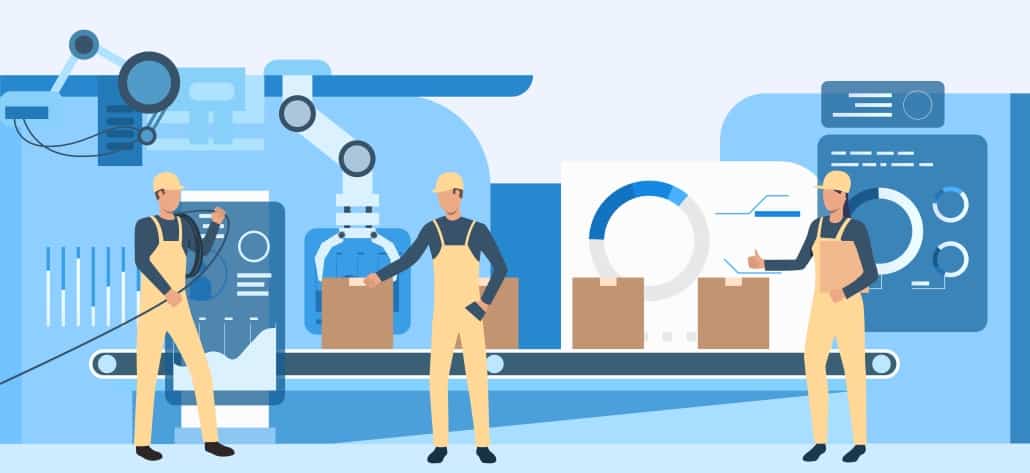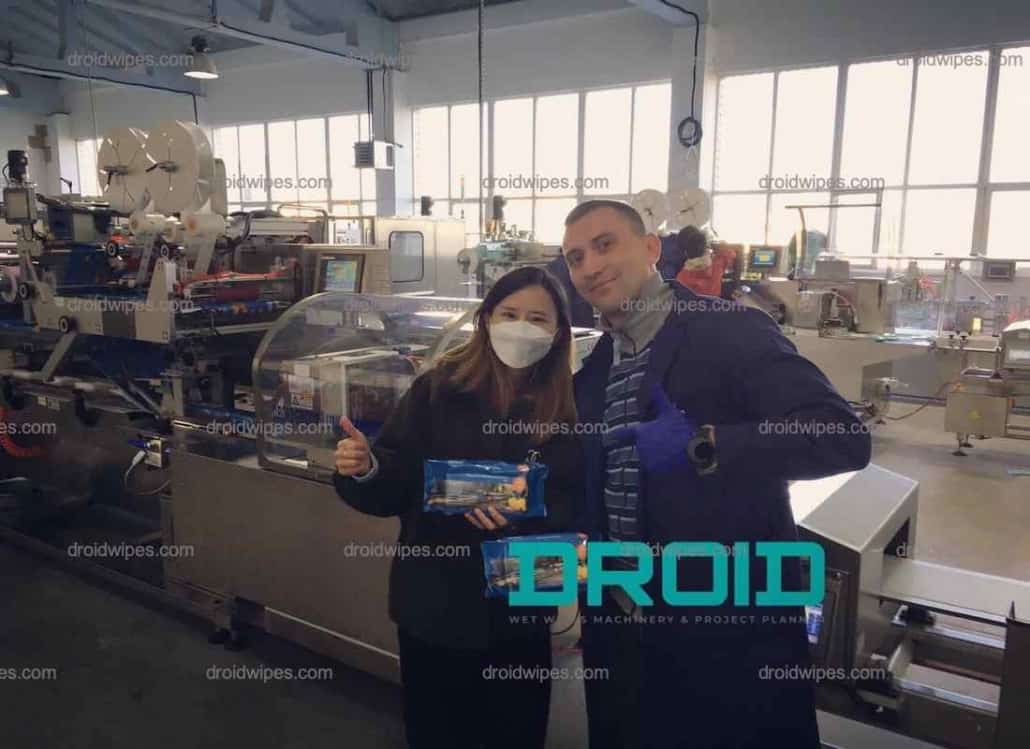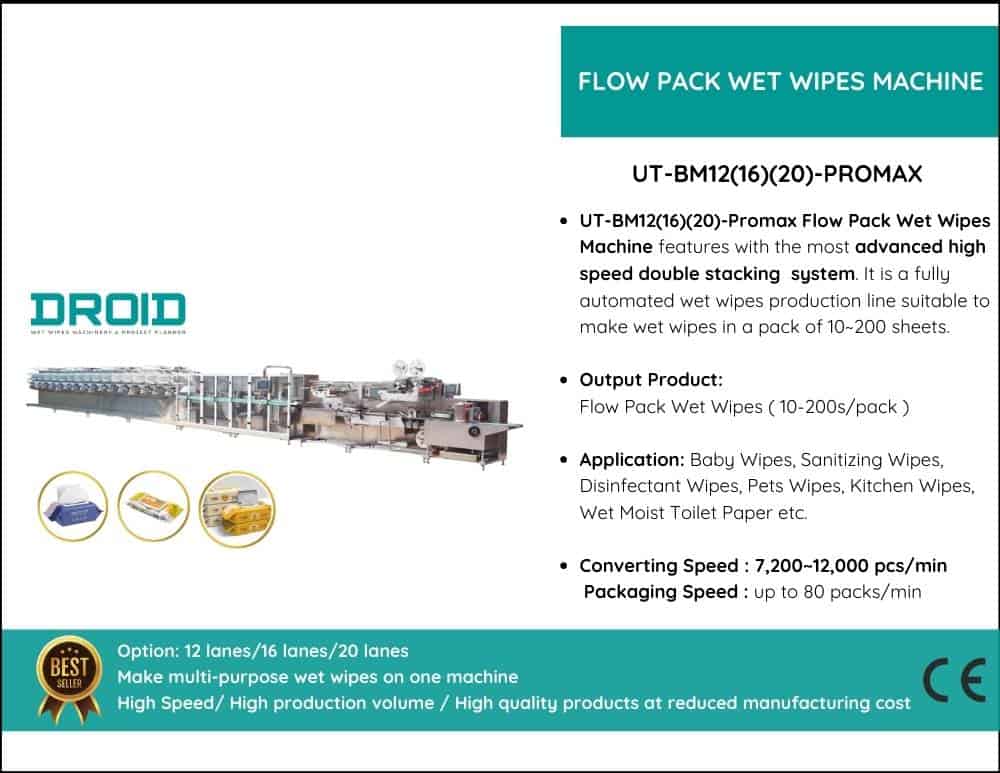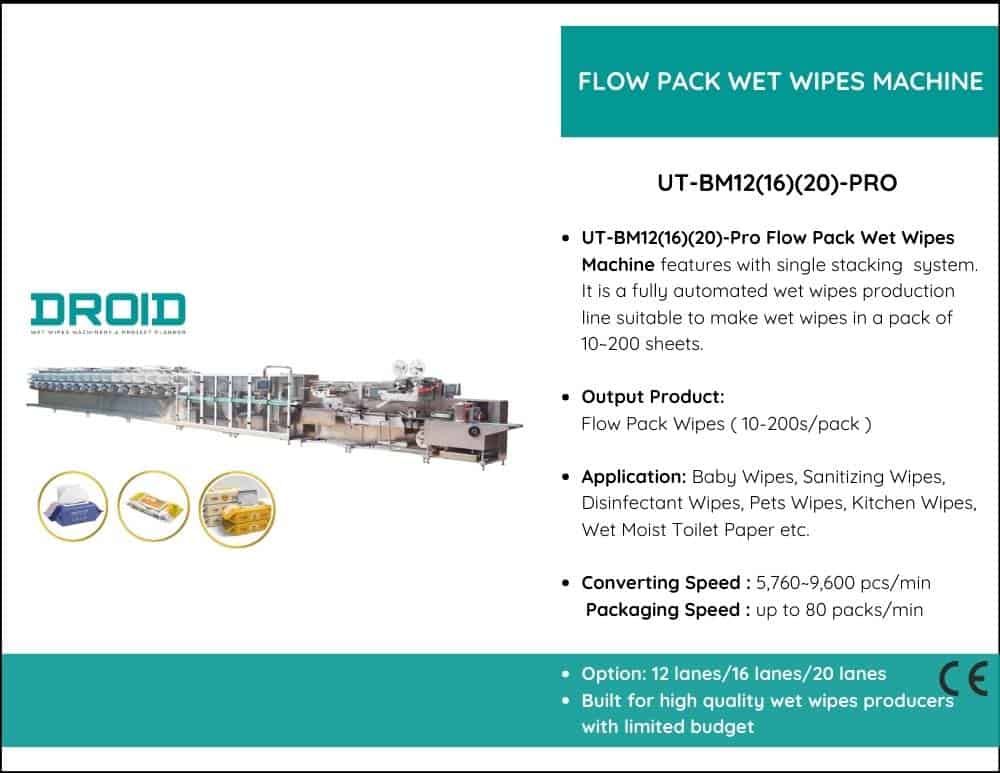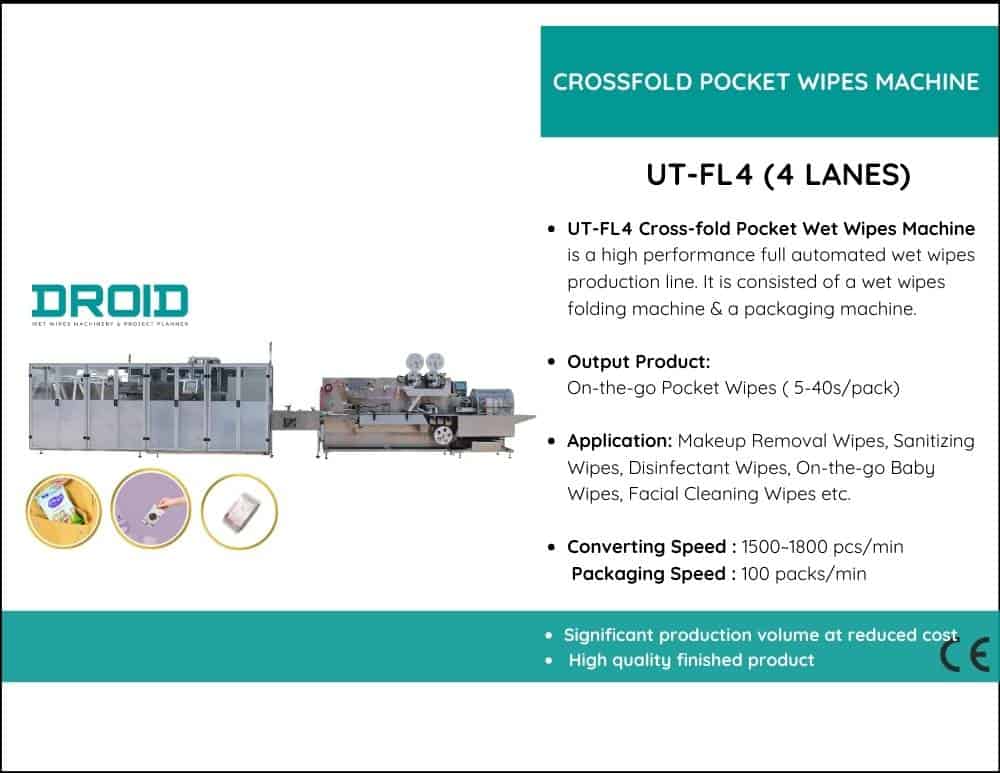Many manufacturers just consider initial cost and production speed when assessing equipment investments. However, years, not minutes per pack, are used to gauge a manufacturing line’s true financial success. Machine flexibility becomes the ultimate ROI multiplier in this situation. In addition to maintaining efficiency today, a flexible system maintains your business viable and relevant as markets change.
Longer equipment lifespans are the primary source of return. When consumers switch to new package styles or eco-friendly materials, a high-speed but single-purpose machine might rapidly become out of date. On the other hand, software-based switches, servo modifications, and modular upgrades allow flexible equipment to react to changing needs. You may prolong the life of your original investment for years beyond its counterparts by just adjusting components or loading a new recipe rather than replacing a complete line.
Next, flexibility reduces downtime and increases utilization, which results in savings. More productive shifts and less idle time result from each rapid changeover, which is often completed in minutes as opposed to hours. This difference can result in hundreds of extra operating hours over the course of a year, increasing output and accelerating the return on your capital investment.
Additionally, flexibility opens you more business potential. You may service many product categories, such as baby wipes, home disinfectants, beauty wipes, pet care, or medical usage, using a single flexible line without the need for separate, specialized equipment. This diversification protects your company from demand swings and creates opportunities for contract manufacturing or private-label agreements that call for quick SKU change.
Lastly, flexible equipment is future-proof by nature. You may include recyclable lids, biodegradable films, or new sealing technologies without discarding your current assets as new packaging rules and sustainability policies become more stringent.
Over time, flexibility adds value rather than just cutting expenses. It maintains your equipment operating efficiently, your customers happy, and your company prepared for whatever the market may need in the future.





